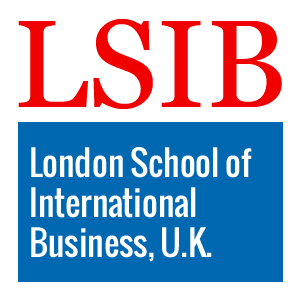Global Certificate Course in Virtual Reality Broadcasting Techniques
Published on June 27, 2025
About this Podcast
HOST: Welcome to our podcast, where we bring you insights from experts in various fields. I'm thrilled to have with us today an expert who's here to discuss the exciting world of Virtual Reality Broadcasting Techniques. Welcome! Can you tell us a bit about yourself and your experience in this field? GUEST: Thanks for having me! I've been working with VR technology for over a decade, and it's been fascinating to see how it has evolved. I've had the opportunity to work on numerous projects, from 360-degree films to live streaming events in VR. HOST: That's impressive! So, let's dive into the course. What can students expect to learn in the 'Global Certificate Course in Virtual Reality Broadcasting Techniques'? GUEST: This course offers a comprehensive overview of VR broadcasting, including 360-degree filming, audio integration, and live streaming techniques. It's designed to equip learners with the skills they need to create immersive content and stay ahead in this rapidly growing field. HOST: Interesting. Can you share some current industry trends that are relevant to this course? GUEST: Absolutely. One trend is the increasing use of VR for remote events, like conferences and concerts. Another is the integration of AI and machine learning for real-time editing and post-production. And, of course, the ongoing development of more accessible and affordable VR hardware. HOST: Those are exciting developments. Now, every field has its challenges. What do you think are some of the biggest challenges in VR broadcasting, either for learners or professionals? GUEST: There are a few key challenges. One is the need for specialized equipment, which can be expensive. Another is the steep learning curve for some aspects of VR production. And, finally, there's the issue of accessibility – not everyone has access to VR hardware or the necessary bandwidth for high-quality VR experiences. HOST: Those are important points to consider. Looking to the future, where do you see VR broadcasting heading in the next 5 to 10 years? GUEST: I believe VR broadcasting will become increasingly mainstream, with more widespread adoption in various industries, from entertainment and education to healthcare and tourism. As technology advances, we can expect better quality, more interactivity, and greater accessibility, making VR broadcasting an essential skill for the next generation of professionals. HOST: That's a promising outlook. Thank you so much for sharing your insights with us today. If our listeners want to learn more about this fascinating field, where can they find this 'Global Certificate Course in Virtual Reality Broadcasting Techniques'? GUEST: They can enroll in the course through our website. We're currently accepting new students, and we'd love to help them start their journey in VR broadcasting. HOST: Fantastic! Don't forget to check out the link in our show notes. Thank you once again for joining us, and we hope to have you back soon to discuss future developments in the world of VR. GUEST: Thank you for having me. It's been a pleasure.
